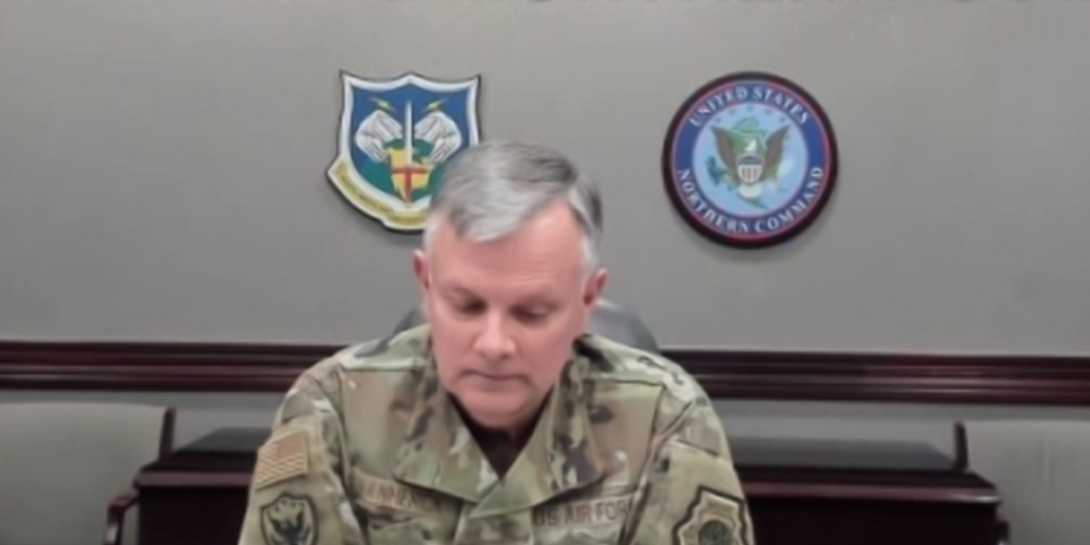NORTHCOM and NORAD Send Demand Signal to the Defense Department
Along with the other U.S. Combatant Commands, the Northern Command and North American Aerospace Defense Command “achieved its objectives” in an experiment last week to improve joint all-domain operations and the related use of joint all-domain command and control, or JADC2, capabilities. The goal is to improve the integration of sensing and information capabilities to achieve information dominance and decision superiority, said the leader of the commands.
“This exercise I did with the intent to bring all the combatant commands together, to place a demand signal, quite frankly, on the department to move quicker down the path of domain awareness, information dominance and decision superiority,” said Gen. Glen Vanherck, USAF, commander, North American Aerospace Defense Command (NORAD) and U.S. Northern Command (NORTHCOM), speaking to a group of reporters March 31 during a virtual Defense Writers Group event, hosted by David Ensor, director of the Project for Media and National Security.
The Global Information Dominance Experiment 2, or GIDE, tested three decision aids—Cosmos, Lattice and Gaia—that harness artificial intelligence and machine learning to rapidly bring information to commanders during a world-scale scenario against two near-peer adversaries. “All competition through conflict today is global in nature, and the tools gave us the ability to collaborate with all of the Combatant Commands in near real-time across all domains,” Gen. Vanherck confirmed.
He conducted an out-brief discussion about the experiment yesterday with the majority of the combatant commanders. “My overall assessment was that my objectives were achieved,” the general stated. “What we were looking to do is show the incredible value of information and how information can be used today. Especially if we take information and data that is available oftentimes today, [we can] share that data from all domains, from undersea, space, cyberspace, air, land, ground, and share it through machine learning and artificial intelligence, as well to make this data and information more readily available in a timely manner to produce decision space for decision-makers.”
NORTHCOM and NORAD have led the way in pursuit of JADC2, especially over the last year when deploying COVID-19 support, leaning on its breakthrough Pathfinder effort, data sharing, artificial intelligence and machine learning. The commands are pursuing all-domain awareness, information dominance, decision superiority and global integration of capabilities as a way to confront near-peer competition, Gen. Vanherck emphasized.
“Much of the information exists today,” he explained. “And so this is really about getting data that oftentimes is either in a specific stovepipe within a certain community and/or it may have security classification challenges where we're not sharing. The goal is to share that information. We can take much of today's radar capability that is not only in the DOD but could come from the Federal Aviation Administration, the Department of Transportation and obviously allies and partners, and fuse that in. But today's legacy systems have been challenged by our competitors who created capabilities that either operate beyond those systems or have radar cross sections low enough to operate within them. So, it's about processing all of the available data, or developing additional capabilities such as the over-the-horizon-radar and undersea capabilities.
“We need to go faster,” the commander stressed. “We can't go slow for the legacy processes that take years to field capabilities and that was my intent, to show that the capabilities exist today to go down this path."





Comments